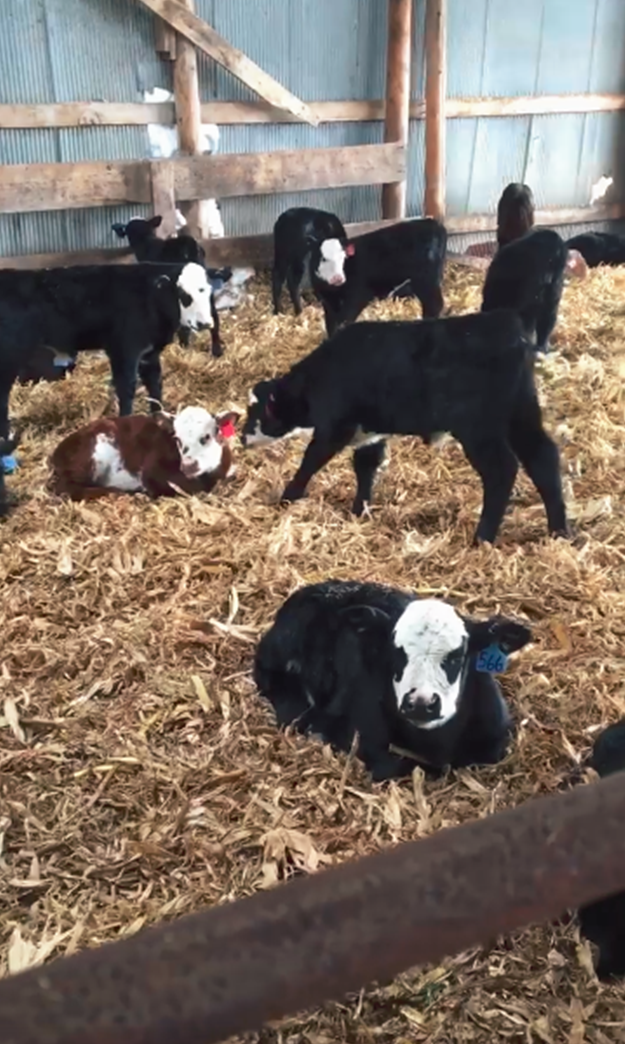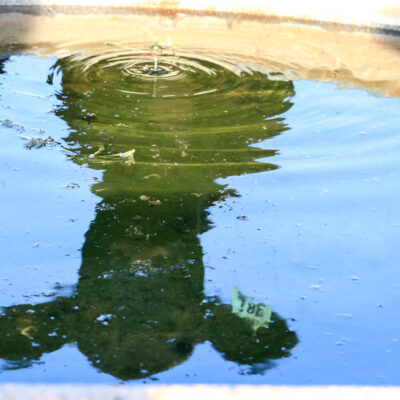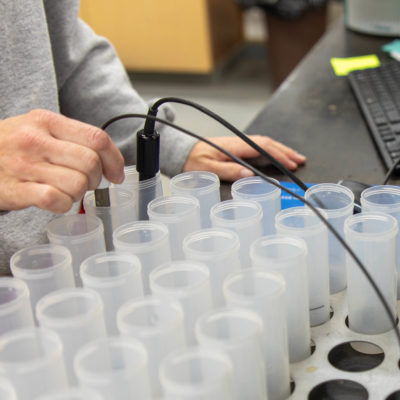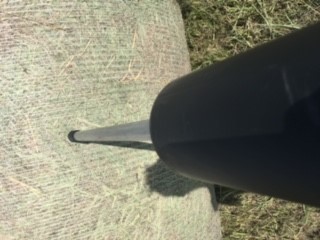This spring we have had some very untimely snow storms. Some have even been historical, such as the blizzard that hit most of the midwest including Minneapolis as I was traveling to the Montana Nutrition Conference and Livestock Forum. Unfortunately, I was not able to attend the conference as my airplane was diverted and the rebooked flights canceled, TWICE! So now here I am some how stuck over a thousand miles from my destination (Bozeman, MT) in the upper penensula of Michigan. However, this was a minor inconvenience for me compared with the obstacles cattle producers face this season. Through social media I have read countless stories about ranchers doing all they could to save calves and help cows in these snowy, windy, unseasonably cold conditions. I have read about ranchers who were out rounding up newborn calves that were struggling as the storm began to roll in. Some of those producers wrote of feelings of sadness and failure as they lost visibility and it became unsafe for them to be out in their pastures attending to their livestock. Other farmers, were able to get their calves in a hoop house shelter or barn to ride out the storm.

While the storm has past, producers are not in the clear just yet. Weather events such as this blizzard put extra stress on cattle. The increased levels of cortisol in the animal’s system suppresses the immune system leaving them more susceptible to other infectious agents.
In mature cattle, the suppressed immune system is often taken advantage of by infectious agents resulting in a respiratory disease. Bovine Respiratory Disease Complex (BRDC) can be caused by viral infectious agents (Bovine Respiratory Syncytial Virus (BRSV), Parainfluenza 3 (PI3), Infectious Bovine Rhinotracheitis (IBR)), bacterial agents (Pasteurella multocida, Mannheimia haemolytica, Histophilus somni, Mycoplasma bovis) or a combination of any of the above.
In calves, this increased level of stress and suppressed immune system culminates as diarrhea, or calf scours. With the storm, chances of calf scours increases if the dam is shortchanged nutritionally resulting in poor quality milk for the calf. If the dam is low on protien and energy, she cannot produce milk containing the nessicary antibodies to protect the calf. Therefore, especially after this storm event it is important to ensure a well formulated diet for the cow. Opportunistic infectious agents can also play a role in calf scours and can be bacterial (Escherichia coli, Salmonella, Clostridia perfringens), viral (Rotavirus, Coronavirus, Bovine Viral Diarrhea (BVD), IBR) or parasitic (Cryptosporidium, Coccidia).
When cattle are already under extra stress due to the weather, it is important to not add any additional stress through poor nutrition. Be sure to formulate precise and accurate diets for both the cow and calf through feed testing and consulting at Ward Laboratories Inc. A good ration to avoid nutritional stress will provide ample protein, and energy to meet physiological requirements of the animal. It is also important to provide minerals in the diet to support the immune system. When the immune system is supressed from stress due to the changing weather, absorption of minerals vital to immune function such as magnesium, selenium, copper and zinc are supressed. A combination of stress and imporper nutirition can render a good vaccine schedule useless. In addition to providing a high quality diet, avoid feeding questionable feeds containing mold or aflatoxin as these agents may not directly cause illness or death, they can contribute to the suppression of the immune system resulting in respiratory symptoms and reduced reproductive productivity. While no one can truly be prepared for all adverse weather events. Producers can always utilize all their knowledge and resources to move forward after an event such as this spring’s blizzard and snowstorms. Now hopefully I will have made it back to Kearney, NE by the time you are reading this post and we are done with all of this cold weather and on to summer forage production!
0
You have 0 items in your cart





[…] is still flooded, and where there is not water, there is water logged ground and mud. Animals are stressed from the weather and current […]